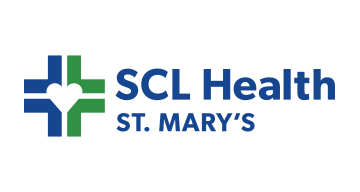
The healthcare industry is exploring AI-driven solutions to meet the ongoing challenge of staffing. In this session, Marisa Quinn, Director of Nursing for Infusion Services at UCSF Health, shares her firsthand experience implementing LeanTaaS’ iQueue Patient Assignment feature across multiple infusion sites.
Marisa will discuss how her team adopted and tailored AI tools to improve workload equity, nurse satisfaction, and operational efficiency—while preserving the clinical judgment of frontline staff. She will highlight lessons learned in rolling out technology in a complex, high-acuity environment, from refining integration with the EMR to building trust among nurses.
Attendees will gain practical insights into the people, processes, and technology considerations that make AI adoption successful in healthcare staffing, with a focus on infusion center operations.








Take the first step towards unlocking capacity, generating ROI, and increasing patient access.